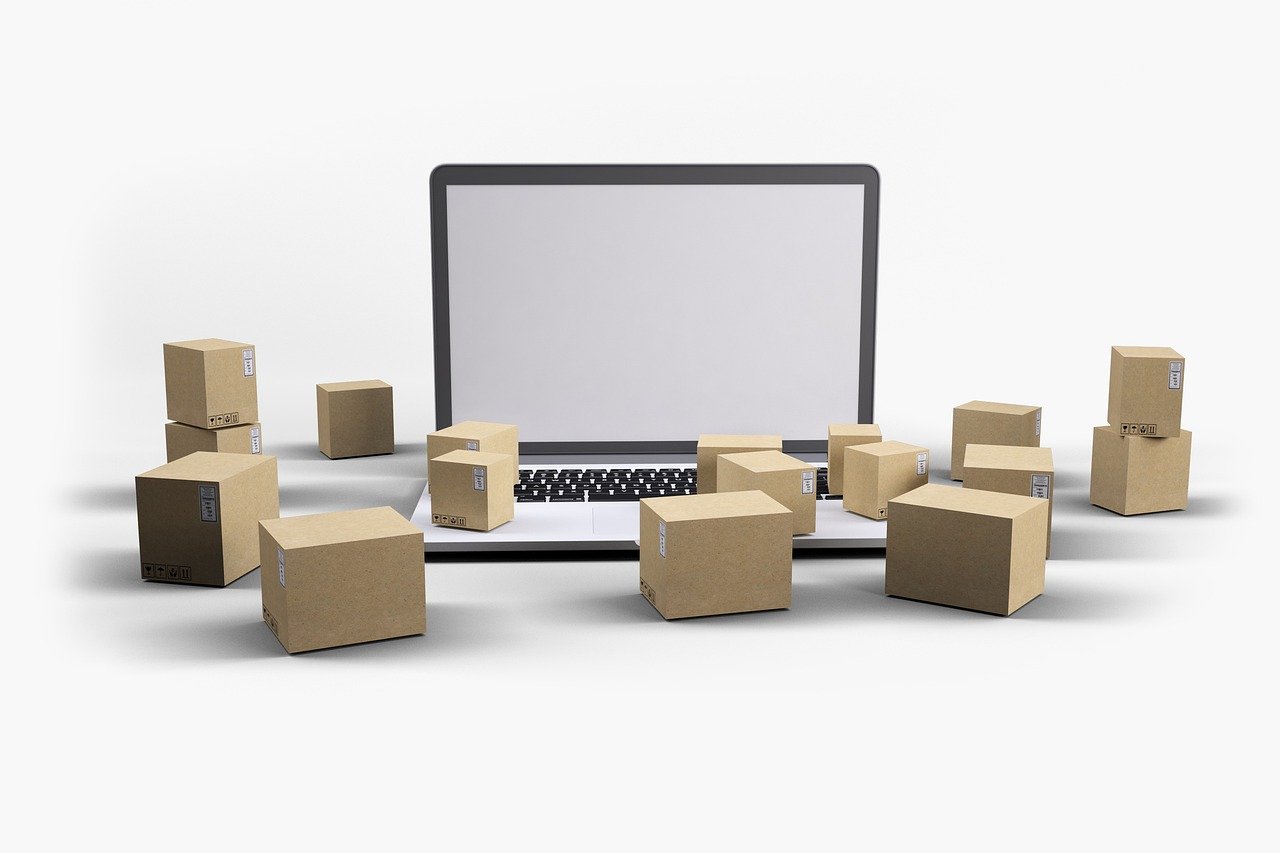One of the most difficult aspects of transitioning to remote working is having the right tech stack and setting it up correctly. There is a big gap between using your mobile phone for calls or texts and turning it into a mobile office. And being able to correctly navigate this gap can have a lot of influence on your ability to successfully transition into remote working.
With the future of the workforce becoming increasingly bent toward virtual and remote working, it is important that you learn how to set up, maintain and improve your tech set-up for a more efficient remote working experience. Ten years from now, the perfect employee will probably be the one with the most versatility in using remote work technology. Here are a few tips to set you on your way to becoming that perfect employee:
Laptop vs Desktop
Depending on how you work and the need for portability, you need to make a decision between setting up your virtual office on a laptop or using a desktop. A desktop helps you recreate the sensation of being in office space while using a laptop gives you a lot more mobility if you have to work on the go. If you are using your laptop, you can also set up emergency monitors by connecting your laptop to your TV or any other display device. A desktop also offers more computing power than a laptop but it confines you to a single location for working. And of course, laptops are typically more expensive. Carefully consider which attributes of both suit your work needs best.
Get the Right Security Software
Transitioning to working on your internet-enabled devices means you have to invest a lot more in your tech security. You have a lot more data to secure and a lot more to lose in case of a data breach. So you need to get your security up, make your passwords more secure, use anti-viruses and more. Think of the length you would go to when securing banking documents or confidential client files. This same level of security should go into securing your work-from-home tech devices.
Make Sure Your Internet Connection Is Up to the Task
Nothing is more annoying than having your internet connection break up when you are on an important work meeting or trying to send over a crucial document to a client. Upgrade your internet connectivity (your Wi-Fi router, for example) to the latest software available and maintain them properly. The latest Wi-Fi upgrade is Wi-Fi 6 and you should aspire to have this or something close. If you live in an area where connectivity is generally poor, you can invest in a network amplifier or you can move to an area with a better network.
Use Cloud Solutions
The cloud is an asset to remote work. Use it. Store your files in the cloud, collaborate with teammates, create and manage your schedule, etc. Most of the apps you will need to complete your telecommuting app stack work with the cloud, so it’s important you become familiar with the workings of cloud technology.
Set Up Your Telecommuting Stack
Get all the apps you need: Slack for collaborating and sharing files, Google Meet or Zoom for teleconferencing (learning how to do video calls for work is essential to remote work), Google Calendar for scheduling, Asana or Trello for your to-do lists, etc. All these platforms are an integral part of your telecommuting experience and you need to learn to take full advantage of them.
Synchronize Your Apps
Using cloud-based platforms offers you a unique opportunity to integrate your workflows and data across several platforms (which would be hard to do in a physical office). Most of the platforms mentioned above have APIs that allow them to integrate with each other, making it possible for your data and that of your teams’ to be shared across multiple platforms simultaneously, so you don’t have to resend files and data every time it is needed.
The future of work is going remote and having full knowledge of managing remote work tech will prove a great advantage to workers in the coming decade. These few tips might prove to be all you need to be more efficient at being a remote worker. Make good use of them.







